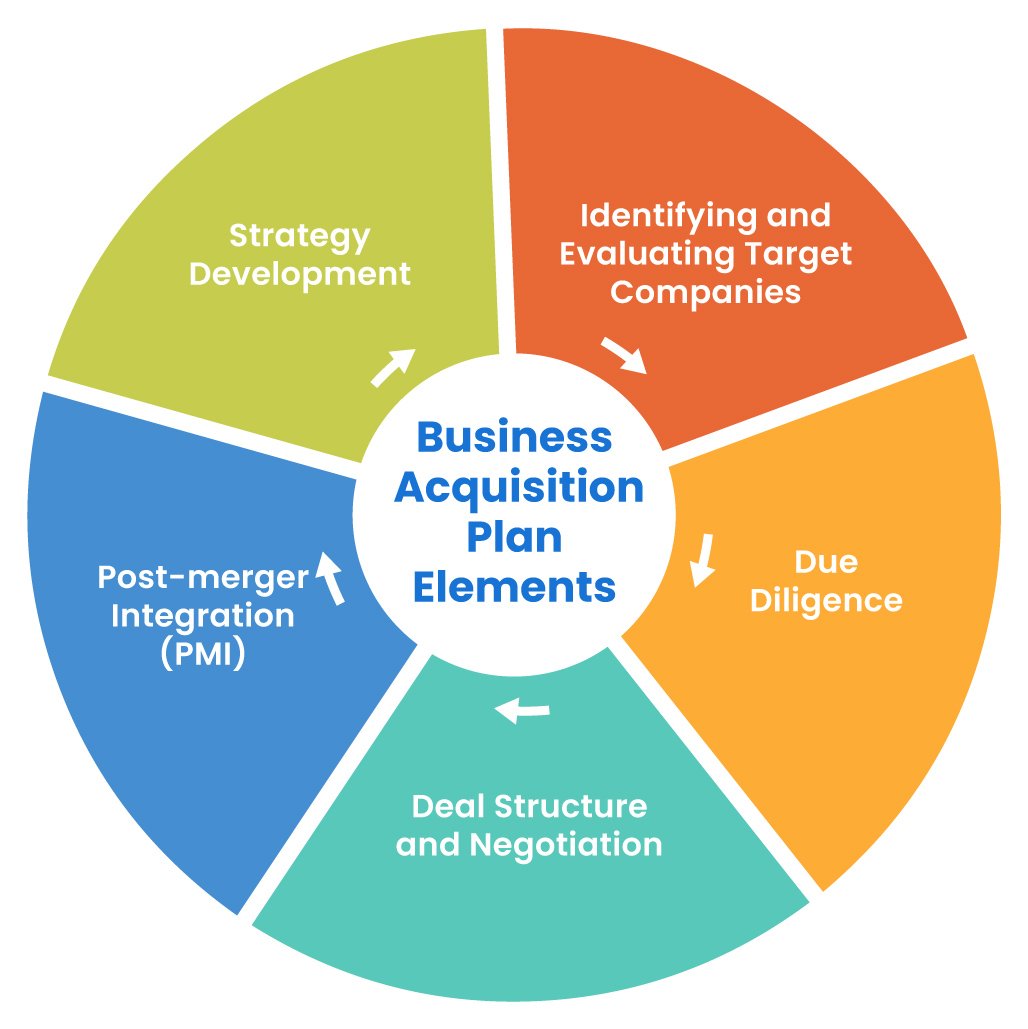An acquisition schedule is a strategic plan that outlines the timeline and steps a business will take to acquire another company or asset. This process can be complex, involving multiple stages from identifying targets to finalizing deals. Having a well-structured acquisition schedule is crucial because it helps businesses stay organized, prioritize their efforts, and allocate resources effectively. Without a clear plan, acquisitions can become chaotic, leading to missed opportunities and potential losses. By developing an acquisition schedule, businesses can navigate the process more smoothly, ensuring that each step aligns with their overall goals. This article will explore the essential components of an acquisition schedule, its benefits, steps to create one, best practices for management, and common challenges along the way.
Understanding Acquisition Schedules
An acquisition schedule serves as a roadmap for businesses looking to expand through acquisitions. It typically includes timelines for each phase of the acquisition process, key milestones, and responsible parties. Understanding its components is vital for effective execution. The first element is the timeline, which details when each action will take place, ensuring that all parties are aligned. Next, the schedule includes milestones, marking critical points in the process, such as initial discussions, due diligence, and final agreements. Additionally, a good acquisition schedule should outline the resources required at each stage, helping to manage budgets and personnel effectively. Overall, understanding the purpose and structure of an acquisition schedule is essential for any business aiming to grow through acquisitions.
Benefits of an Acquisition Schedule
Having an acquisition schedule provides several key benefits that can significantly impact a business’s success. First, it streamlines the acquisition process by organizing all necessary steps into a coherent framework. This organization helps prevent crucial tasks from being overlooked, minimizing delays and errors. Second, a well-defined schedule enhances decision-making. When timelines and responsibilities are clear, stakeholders can make informed choices quickly, which is vital in fast-paced business environments. Furthermore, an acquisition schedule improves resource allocation by ensuring that all required resources—financial, human, and technological—are planned for and utilized efficiently. This proactive approach not only saves time and money but also increases the likelihood of a successful acquisition. Overall, the benefits of having a structured acquisition schedule extend far beyond mere organization; they can lead to more strategic growth and a competitive edge in the marketplace.
Steps to Develop an Acquisition Schedule
Step 1: Assess Your Business Goals
The first step in developing an acquisition schedule is to assess your business goals. Understanding what you want to achieve is crucial. Are you looking to enter a new market, enhance your product offerings, or acquire technology? Clear goals help define the type of acquisition that will benefit your business the most. By taking the time to outline your objectives, you create a framework that guides the entire acquisition process. This ensures that every decision you make aligns with your overall vision and strategy. Additionally, having specific goals allows you to measure success more effectively, as you can track whether the acquisition meets the intended outcomes.
Step 2: Identify Potential Acquisition Targets
Once you have clarified your business goals, the next step is to identify potential acquisition targets. This involves researching companies that align with your objectives, whether through market position, technology, or product offerings. Use industry reports, market analysis, and networking to gather information about potential candidates. It’s essential to create a list of companies that not only fit your strategic goals but also complement your existing operations. This thorough research ensures that you are targeting the right businesses, increasing the likelihood of a successful acquisition. By taking this proactive approach, you set the foundation for informed discussions and negotiations later in the process.
Step 3: Conduct Market Research
After identifying potential targets, conducting market research is vital. This step involves analyzing industry trends, competitor behavior, and the financial health of the acquisition candidates. Understanding the market landscape will help you evaluate the strengths and weaknesses of each target, allowing you to make informed decisions. Look into factors such as market share, growth potential, and customer base. Additionally, understanding the economic environment can help you anticipate challenges and opportunities that may arise during the acquisition process. Effective market research equips you with the knowledge needed to approach potential targets confidently and strategically.
Step 4: Create a Timeline
Creating a timeline is a critical part of your Develop acquisition schedule. This timeline outlines when each phase of the acquisition process will take place, from initial contact to final integration. Having a clear timeline helps keep all parties accountable and ensures that the process stays on track. Break down the timeline into specific milestones, such as conducting due diligence, negotiating terms, and finalizing contracts. Each milestone should have a deadline and assigned responsibilities. This level of detail minimizes confusion and helps prevent delays. A well-structured timeline also allows you to manage expectations among stakeholders, ensuring everyone is aligned and aware of the progress.
Step 5: Allocate Resources and Budget
The final step in developing an acquisition schedule is to allocate the necessary resources and budget. Determine what financial, human, and technological resources will be needed at each stage of the acquisition process. This may include hiring external consultants, conducting legal reviews, or investing in technology for integration. Additionally, it’s crucial to establish a budget that accounts for all potential expenses associated with the acquisition. Having a clear understanding of resource needs and budget constraints allows you to plan effectively, reducing the risk of overspending or resource shortages. This strategic allocation helps ensure that the acquisition is executed smoothly and successfully.
Best Practices for Managing Your Acquisition Schedule
Managing your acquisition schedule effectively involves several best practices that can enhance the likelihood of success. First, regularly reviewing and updating the schedule is essential. As circumstances change, so may the timeline and tasks required. Frequent reviews allow you to make necessary adjustments, ensuring that the schedule remains relevant and effective. Involving key stakeholders in this process fosters collaboration and transparency, which can improve buy-in and commitment to the acquisition process. Additionally, utilizing project management tools can significantly enhance efficiency. These tools help track progress, manage tasks, and communicate with team members effectively. By implementing these best practices, you create a more adaptable and organized acquisition process.
Common Challenges and Solutions
Despite careful planning, challenges can arise during the acquisition process. One common obstacle is dealing with unforeseen circumstances, such as market changes or unexpected competitor actions. To address this, maintain flexibility in your acquisition schedule, allowing for adjustments when necessary. Another challenge is balancing multiple acquisitions, which can stretch resources thin. Prioritize your acquisitions based on strategic importance and feasibility to manage this effectively. Lastly, ensuring effective communication among all parties involved is crucial. Regular updates and open lines of communication can help prevent misunderstandings and align everyone’s efforts. By recognizing these challenges and implementing solutions, you can navigate the acquisition process more effectively.
Conclusion
In conclusion, developing an acquisition schedule is essential for businesses aiming to grow strategically through acquisitions. By understanding its components, benefits, and best practices, organizations can streamline the acquisition process and enhance decision-making. The steps outlined—assessing goals, identifying targets, conducting research, creating a timeline, and allocating resources—provide a clear pathway to success. While challenges may arise, proactive management and effective communication can help navigate these hurdles. Ultimately, a well-structured acquisition schedule not only facilitates smoother transactions but also supports long-term business growth and success. Implementing this structured approach can position businesses for greater opportunities in the competitive market landscape.




